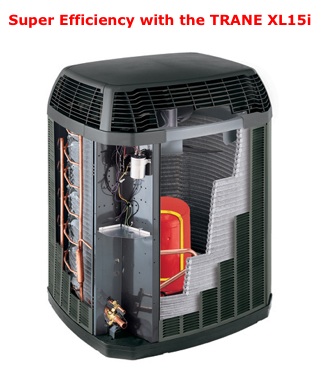LeedLogos
It's been a little quiet here on the blog as we've been busy studying.
LEED for Homes was still in the pilot testing while we were building our house, however we did make a significant effort to make the best of site orientation and use green materials wherever we could. To familiarize ourselves with more of the details of LEED, we decided to pursue accreditation. Now we are officially accredited professionals!
During the design process we relied on a few good internet resources for viable green products and systems. One of the best is Building Green (the publishers of the excellent Environmental Building News).








